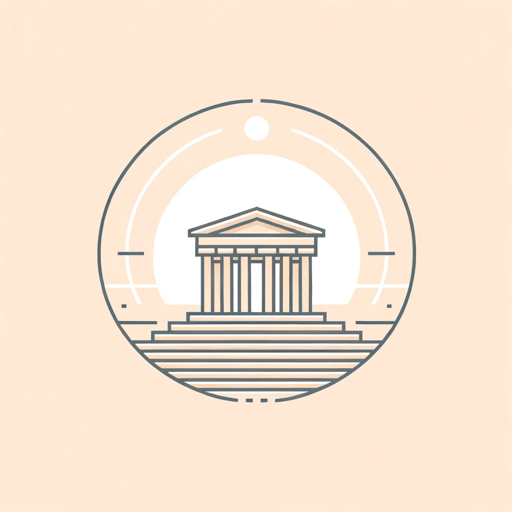51 pages • 1 hour read
Mircea Eliade, Transl. Willard R. TraskThe Sacred and the Profane: The Nature of Religion
Nonfiction | Book | Adult | Published in 1956A modern alternative to SparkNotes and CliffsNotes, SuperSummary offers high-quality Study Guides with detailed chapter summaries and analysis of major themes, characters, and more.
Chapter 4Chapter Summaries & Analyses
Chapter 4 Summary: "Human Existence and Sacred Life"
For a religious person, “the existence of the world ‘means’ something, ‘wants to say’ something [. . .] the cosmos ‘lives’ and ‘speaks’” (165). Since man “forms part of the gods’ creation [. . .] it follows that his life is homologized to cosmic life” (165). This chapter “attempt[s] to understand the existential situation of one for whom these homologies [between cosmos and individual life] are experiences and not simply ideas” (166)— in which life itself is a hierophany, and can be performed in a sacred mode.
Because life itself is a hierophany, all aspects of life are capable of being sacralized. As such, this chapter follows from the previous: just as all aspects of the natural world can be interpreted for their sacred meaning, so too can man’s natural life. Even automatic bodily functions have sacred analogies, such as the equation “of the belly or womb with the cave, of the intestines to a labyrinth, of breathing to weaving” (169). Such “anthropo-cosmic homologies” (169) are “ciphers of various existential situations” (169) or interpretations of the meaning and function of human bodies and beings. From such homologies, bodily functions such as sexual activity or eating are transformed into sacraments like marriage or taking the Eucharist.
Related Titles
By these authors


